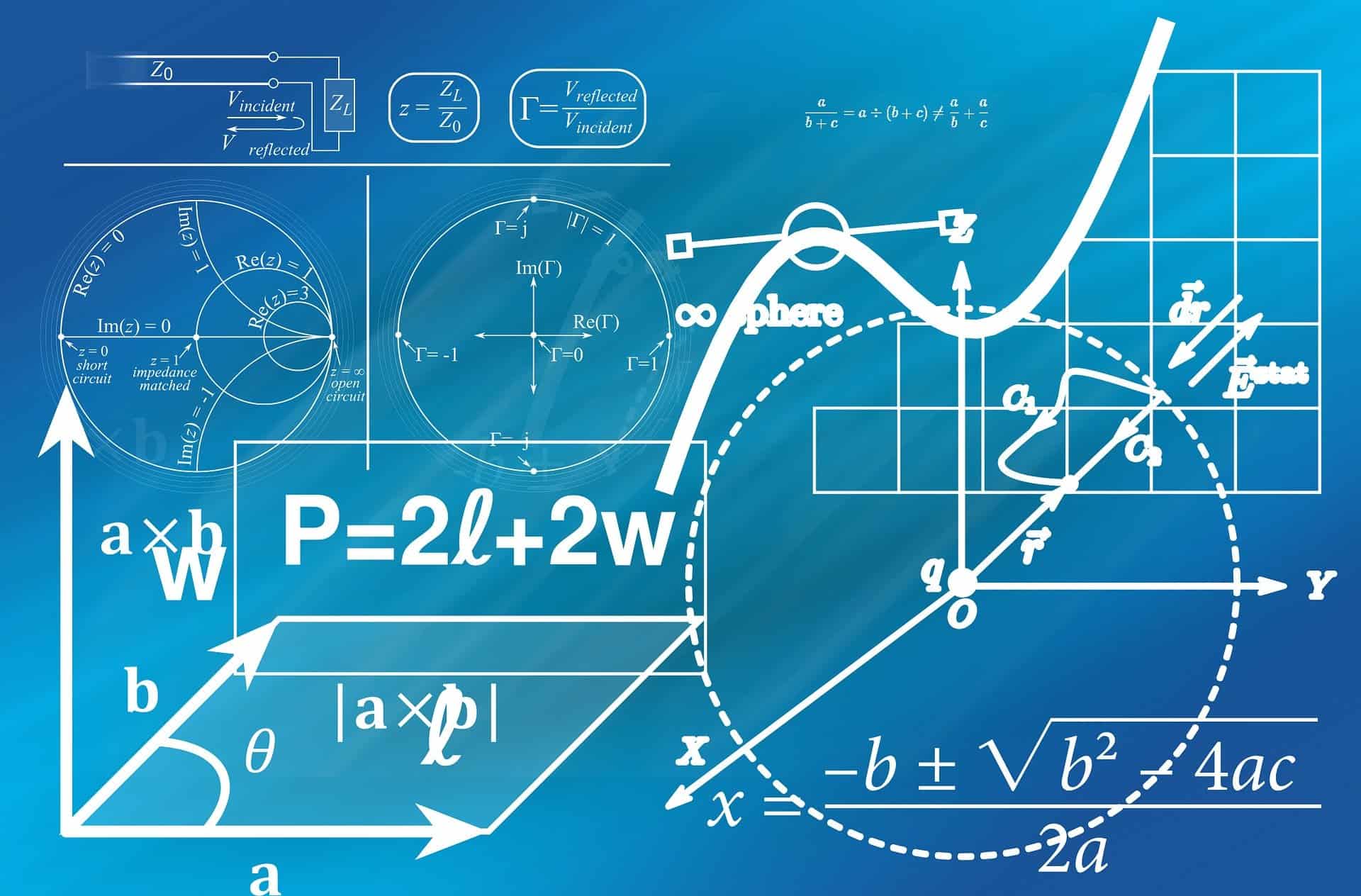What is a Parachain?
In our day and age, blockchain has become something that even the technologically uninformed seem to know about. It and its counterparts have become a regular part of our everyday lives. Blockchain comes in two important parts in most cases.
Part number one is the “consensus algorithm” which the main focus of is to build and maintain security. The second portion of Blockchain is the “state machine” which constitutes the part of the combination which needs protecting by the aforementioned security.
Now that the basic formats of blockchain are understood, we can delve into the more complex ‘parachain’. A parachain in and of itself is technically a much simpler form of blockchain and attaches itself to security already in the form by attaching a ‘relay chain’, rather than developing and maintaining its own security.
This relay chain is known as such because it attaches security to relevant other parachains, and also because it enables secure message-passing between parachains as well. Parachain computations are also entirely independent in nature.
The great things about parachains is that they can all be executed at the same time without fear of them colliding, and they can all operate off of the same security source.
Highly Specialised Parachains:
This form of parachain is able to implement and control the storage and transaction processes of their necessities in the most highly efficient and productive manner for their area and do so without being cornered into an overly specific mannerism or domain.
However, keeping all this in mind, there is now parachain technology out there that can take this a step further. The software named ‘polkadot’ has been hailed as ‘the internet of blockchains’. Launched in 2020, polkadot is an interoperable network that allows all types of blockchains to share data, exchange value, make transactions and engage in all other types of communications all under the same polkadot umbrella.
It does this by using bridges to connect all established chains such as Ethereum and Bitcoin. Polkadot was developed by Gavin Wood, AKA the co-founder of Ethereum, so polkadot is the first of it’s kind. This means that Parachain slots are very limited at only 100. However polkadot are working to increase this number through possible optimizations in the future.
But for now, the most notable upside of polkadot parachains over other types of parachain models are that they are able to talk to each other with easy and secure passing of messages without additional complications, but still with a high level of data uniformity.
However, it is still absolutely possible to curate a parachain which provides a qualified framework for generalised but still blockchain-specific contracts. A good example of this is a parachain contract implemented being more convenient and easier to interpret than a smart contract powered by Ethereum, for example.
Parachain’s innate and integrated ability to focus solutions while not boxing in the capabilities of its code is unmatched by any similar piece of software.
Scalability:
An interesting and unique use of parachains is a use of them as a tool for “scalability”. Parachains are able to be created underneath ‘parent’ parachains, and this process can be repeated ad infimum.
This can create a tree-esque structure which allows computations of a high classification to be reflected and actually reduce burden on the parachains itself. The main thing to keep an eye on is that the individual parachain blocks are combined with a “proof of validity”; and that this stays consistent during all use and is available to be assured and double checked for a long enough period of time.
Although this sounds like an absolutely perfect situation, it is sadly not always possible to prove that messages which were supposed to be delivered have not been and ensuring that the message chain has not been moved.
This is one downside and potentially difficult situation which can be encountered when parachains are being used in high quantities. We can attempt to avert this problem by providing assurances or reputational ‘guarantees’.
The most difficult thing about this is how hard it is to assure the unfailing nature of any blockchain system; and to do this to a good enough extent, we need to do validity checks often and thoroughly.
In order for anyone to attempt to control malicious attacks from outside sources and potential hacks or false information within the parachain; there needs to be acceptable curtails on any system which conducts them and does not report.
Controls placed on parachains, especially when it comes to large tree-like structures full of many parachains operating on top of each other; need to be watched with a close eye in order for them to operate to their most effective potential.
To Finish:
Parachains are an incredible use of blockchain software, simply because they are so generalised but somehow specific within themselves. They try to self-repair and stand out from the crowd of other blockchain counterparts due to their ability to be scalable and productive in their operation.
Parachains are aware of their own nature when it comes to operative ability and innate validity within themselves. The inside workings of a parachain outweigh the abilities of other blockchain systems simply because of their simplicity and their ability to build on top of one another.
Parachains are beginning to take over the world of blockchain management because they can grow with the need for them, and they do so without even thinking about it.
They are aware of their own validity and need for multiplication in certain circumstances, which make them an invaluable asset. Parachains should be managed carefully but used in conjunction with each other to maximise effectivity.
About the Author:
Lauren Groff is an online content writer and blog editor at Custom Essay and Do My Homework. Lauren enjoys writing about digital technology and business developments. She is also a content manager and editor at Write My Paper.









